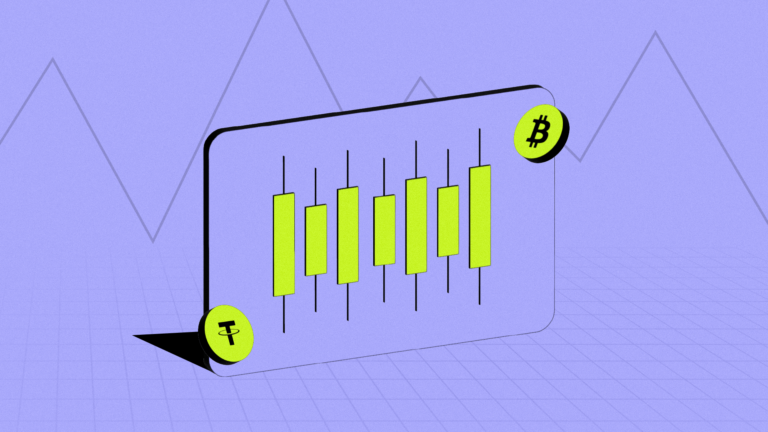Blockchain technology has emerged as a revolutionary force, transforming various industries by providing a secure, decentralized, and transparent platform for transactions (Merkle Trees Safeguarding Blockchain).
This technology’s fundamental pillars are cryptography, distributed systems, and consensus algorithms that work together to ensure the security and integrity of data on the blockchain. Merkle tree is one such critical component that makes blockchain technology more secure and tamper-proof.
Merkle trees, also known as hash trees, were first proposed by Ralph Merkle in 1979 and have since become an integral part of various cryptographic applications.
In this blog, we will delve deeper into the concept of Merkle trees, their working principle, and how they are used in blockchain technology to provide security and immutability. So, let’s dive in and explore the world of Merkle trees and their impact on the blockchain ecosystem.
Merkle Trees Safeguarding Blockchain
Merkle trees are also known as hash trees. It is a data structure that is used to verify the integrity of large datasets. It was named after its inventor Ralph Merkle. And was first introduced in his paper “A Certified Digital Signature” in 1987.
A Merkle tree is a binary tree data structure that is built by recursively hashing pairs of nodes until a single root hash is obtained. The leaves of the tree represent the data blocks, and each internal node represents the hash of its children. The root node of the tree is the final hash value that represents the entire dataset.
Merkle trees work on the principle of hashing. A hash function takes an input and produces a fixed-size output, which is unique to the input. The output, also known as the hash, is a string of characters that is almost impossible to reverse engineer.
The hash function used in Merkle trees is a one-way function. This indicates that it is not possible to recreate the original data from the hash value. This property makes Merkle trees an ideal tool for verifying the integrity of large data sets.
How Does it Work?
As mentioned earlier, a Merkle tree is a binary tree data structure that is used to store cryptographic hashes of data blocks. To create a Merkle tree, we first split the data set into smaller blocks, each with a unique identifier. These blocks are then hashed using a cryptographic hash function such as SHA-256 to produce a fixed-size hash value.
Next, we group these hash values into pairs and concatenate them. We then hash the concatenated pairs to produce a new hash value. This then becomes the parent node of the two original hash values. We repeat this process until we reach the root node of the tree, which is the final hash value and represents the entire data set.
The figure below illustrates the creation of a Merkle tree for a data set with four data blocks:

In the above example, we start with four data blocks labeled L1, L2, L3, and L4. Each block is hashed using a cryptographic hash function to produce a fixed-size hash value. We then group the hash values into pairs and concatenate them to create new hash values. The process is repeated until we reach the root node, which represents the entire data set.
One of the key benefits of using Merkle trees is their ability to efficiently verify the integrity of data. To verify the integrity of a specific data block, we only need to compute the hash value of the block and its immediate neighbors up to the root node. This process requires only a small fraction of the total computational power required to compute the entire Merkle tree.
Use of Merkle Tree in Blockchain Technology
Merkle trees have several important use cases in blockchain technology. Some of these use cases include:

- Transaction Verification: As mentioned earlier, Merkle trees are used in blockchain technology to verify the integrity of transactions. This process ensures that the transaction data in the block has not been tampered with and that the block has not been modified in any way.
- Proof-of-Work: PoW is a consensus algorithm used in blockchain technology to validate transactions and add new blocks to the blockchain. Merkle trees are used in proof-of-work systems to verify that the block being added to the blockchain is valid. This ensures that the blockchain is secure and immutable.
- Light Clients: These are a type of client software used in blockchain technology to access the blockchain network without having to download the entire blockchain.
Merkle trees are used in light clients to verify that a particular transaction is included in a block without having to download the entire block. This reduces the amount of computational power required by the client. And makes it easier to access the blockchain network.
- Smart Contracts: Merkle trees can be used in smart contracts to ensure the integrity of the data being used in the contract. By storing the data in a Merkle tree data structure, the contract can verify that the data has not been tampered with and that the contract has not been modified in any way.
In short, Merkle trees are a critical component of blockchain technology and have several important use cases. Despite their computational requirements, Merkle trees are an essential tool in ensuring the security and immutability of the blockchain.
Drawbacks of Using Merkle Tree in Blockchain Technology
While Merkle trees have become an integral part of blockchain technology, they do come with a few drawbacks that need to be taken into consideration.
- Computational Power: Merkle trees require a significant amount of computational power to build and verify. This can lead to slower transaction times and higher fees. Since it takes longer for nodes to verify the validity of a block.
- Memory Requirements: Another issue with Merkle trees is that they require a lot of memory to store. This is because each node in the tree needs to be stored in memory to compute the hash values of its children. As the size of the tree increases, so does the amount of memory required to store it. This can be a problem for devices with limited memory, such as smartphones and IoT devices.
- Limited Scalability: Merkle trees have limited scalability due to their computational and memory requirements. As the size of the blockchain network grows, so does the size of the Merkle tree. This can make it difficult for nodes to keep up with the network. This is why some blockchain networks, like Ethereum, are exploring alternative data structures such as Patricia trees to improve scalability.
Meanwhile, Merkle trees are an effective tool for maintaining the integrity of transaction data in blockchain networks. But they do have some limitations that need to be addressed. As blockchain technology continues to evolve, it’s likely that we will see further developments in Merkle tree optimization and alternative data structures to overcome these limitations.
Conclusion
Merkle trees have proven to be a crucial component of blockchain technology. They provide a secure and efficient way to verify the integrity of large data sets, which is essential in ensuring the immutability and transparency of blockchain networks.
Despite their limitations, Merkle trees have been widely adopted in various blockchain applications, from cryptocurrency transactions to supply chain management.
As blockchain technology continues to evolve and expand, the use of Merkle trees is likely to become even more prevalent. Researchers and developers are constantly exploring new ways to optimize Merkle trees and make them more efficient, such as using parallel computing or implementing more advanced hashing algorithms.
To know more about how Merkle Trees Safeguarding Blockchain, go check out SunCrypto Academy.





